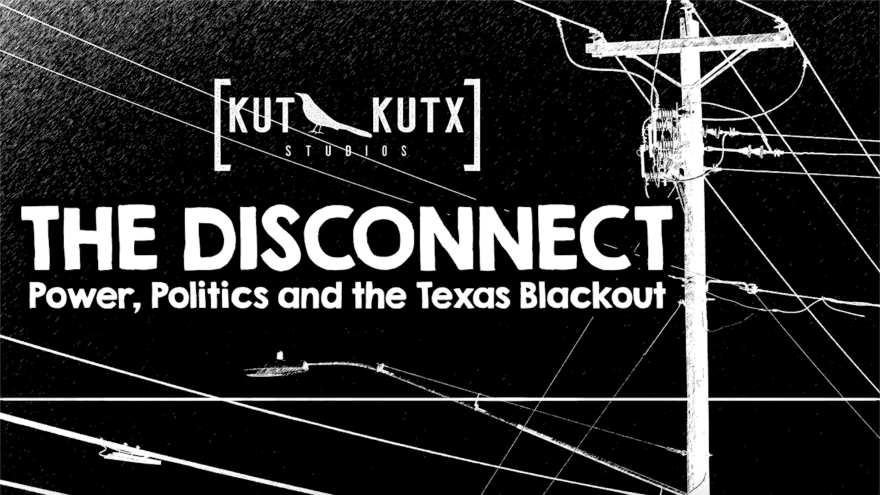Update: As of 8 a.m. Friday, demand on the Texas electric grid had reached just over 68 gigawatts of power, significantly less than the 75 forecasted by ERCOT the day before. That reduced energy use greatly lessens the possibility of problems on the state's grid. The reason for the discrepancy between ERCOT's earlier forecast and actual energy use was not immediately clear.
As cold and freezing rain enveloped much of the state this week, Texans cast wary eyes on the electric grid. Government officials and independent analysts had spent days assuring people the storm was unlikely to bring a blackout like the one last year. But the memories of that disaster are fresh, and trust is in short supply. For many, expectations were so low that the mere fact of electricity was a welcome surprise Thursday morning.
“The power grid is performing very well at this time,” Gov. Greg Abbott announced at a news conference later in the day.
He attributed that smooth-running to reforms lawmakers and regulators had enacted since the last storm, including winterization standards for power plants to ensure they don’t break down in the cold and “critical infrastructure” designations for some natural gas suppliers.
But the freeze is not done yet. While a blackout remains unlikely, the work of bolstering the state's grid is far from over.
Another test to come
Friday morning brings another test for the grid as the freezing cold reaches Houston and causes even more people to turn up their heaters. Electricity demand on the grid could hit a new record of around 75 gigawatts. That’s nearly 6 gigawatts more than what demand was last February when the Electric Reliability Council of Texas cut power to millions of people to stabilize the grid.
At Thursday’s news conference, ERCOT CEO Brad Jones said the group had revised its energy demand forecast for Friday upwards, but also expected more electricity to be available from West Texas wind turbines than it had initially forecast.
“The reason for the wind expectations to increase is that we had been forecasting a significant level of icing in the western part of our state that has not occurred as severely as we expected,” Jones said.
Indeed, wind power Thursday morning far exceeded ERCOT’s forecast; at times wind farms provided nearly a third of all the power Texans used.
Metrics of success
Doug Lewin, CEO of the consulting firm Stoic Energy, said the performance of all types of power generators this week will provide a “key metric” by which to judge whether the Public Utility Commission’s winterization standards have improved grid reliability.
Lewin, an advocate for increased energy efficiency standards to decrease peaks in demand, said he will also be looking at how high energy demand goes.
“Before 2021, we never got above 66 gigawatts [of demand] in the winter,” he says. “So, you go the entire history of Texas and never get above 66 and then you have two years in a row where you're above 70 gigawatts? That is another metric.”
Grid watchers are also paying close attention to weather-related interruptions in the state’s natural gas supply and how they impact electricity generation.
Decreases in gas supply were a major cause of last year’s catastrophic blackout, and drops related to this week’s storm may have already had an impact on energy generation.
“I'm always nervous about gas,” Jones told The Texas Tribune ahead of the storm.
But the gas industry and state regulators at the Railroad Commission of Texas have downplayed the issue.
While conceding that “there are some operators in the field having some challenges,” Railroad Commissioner Christi Craddick said Thursday that “the fluctuations [in gas supply] really are within the normal ranges."
But, critics warn, just because something is “normal,” does not mean it is good for the state’s energy system.
“The key metric is not whether or not the power stayed on,” Lewin said. “This is not a repeat of last year — and that is a very low bar to clear.”















